Welcome to Stardew Valley, one of the most relaxing indie games you’ll ever play. Unlike most strategy games and farm simulators, Stardew Valley isn’t about growing the biggest and best crops around to stay alive. Rather, the game lets players do the farming at their own pace, exploring their local town, meeting new villagers, and figuring out crop management as they go.
Stardew Valley is incredibly forgiving, and developer Eric “ConcernedApe” Barone built the game entirely around experimentation. While that may appear easy on the surface, players overwhelmed by the game’s open-ended structure may struggle to figure out how to make the most out of their farmland. Here’s our beginner’s tips to getting started with Stardew Valley.
1. Water Your Crops

This is the most important tip by far. Water your plants as soon as you wake up, every single day. Most shops aren’t open at the crack of dawn, nor are your fellow villagers out and about during the wee hours, so watering your plants in the early morning is a great way to start your day.
Don’t worry if you forgot to water your plants one day, though. Any plants that go one day without water will simply need an extra day to harvest. But after missing two consecutive days without water, plants will die.
Either way, it’s always a good idea to water your plants every day, because this lets you shorten a crop’s harvest to its bare minimum time required, giving you a shorter window to sell crops and refill your empty plots.
2. Keep an Eye on Your Energy

In Stardew Valley, players carry out actions through their energy meter. This can be refilled by eating, using items, or going to sleep at night. Once you’re out of energy, however, your farmer will move around sluggishly, making basic tasks harder. You’ll also receive a penalty to your energy levels for the next day.
It’s easy to see how low energy can be a problem. Consistently running out of energy limits your actions for the following day, forcing you to stick to the bare essentials to get all of your farming done. And if you’re forced to crawl around town just to get back home, you run the risk of passing out once 2am hits, after which the village doctor will find you, take you home, and charge you for passing out. Plus, just like overexerting yourself, you’ll stunt your energy for the next day ahead.
So when in doubt, keep an eye on your energy, choose your actions carefully, and if you have a big day ahead, grab a meal or two while working. Your body (and farm) will thank you.
3. Watch the Weather
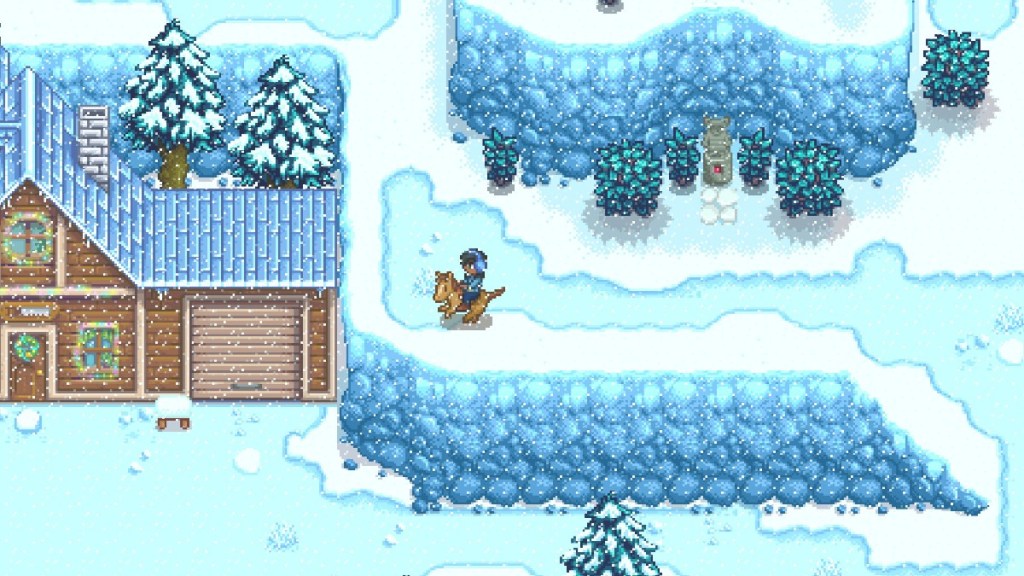
As your Stardew Valley adventures continue, you’ll want to keep a close eye on the weather. When rain is planned for a weather report, the rainfall will automatically water all of your plants, meaning players can take it easy and use their additional energy to harvest crops, hang out in town, maintain their farm, or go exploring in the mines.
Rain is also beneficial for upgrading to the copper watering can, which lets players water more crops faster for less energy. This is because the copper upgrade takes two days, so upgrading on a rainy day gives players a free pass if they can’t water their plants. Otherwise, farmers run the risk of letting their crops sit out in the sun to dry for two days straight while their watering can is getting the upgrade, leading every single crop to die.
4. Craft, Craft, Craft

It’s easy to go through the motions in Stardew Valley and completely ignore your crafting abilities. But don’t forget to create new items and furniture to help with your farming adventures.
For one, chests are an essential furniture choice that every farmer should have. These let you store unused items for later use, freeing up a farmer’s inventory slots so they can harvest crops, hold onto more tools, and have various gifts and items on hand.
Meanwhile, crafting items make players’ lives easier and improve a player’s farming experience. For instance, sprinklers automatically water a player’s crops in the morning, whereas fertilizer increases crop quality once it’s thrown into tilled soil. These are both essential items as the game continues, freeing up player’s free time so they can go exploring in the mines, head into town, or maintain their farm.
Experiment with your crafting options and try out every item and furniture offering to see if it’s beneficial to your farm. The more you learn about your options, the more gold you can make and energy you can save.
5. Use Fertilizer

Fertilizer is one of the best craftable items to grab for your farm. Stardew Valley offers six fertilizer options, which range from basic fertilizer that marginally increases crop quality to Speed-Gro that speeds up plants’ growth period. There’s even water retention fertilizer, which improves a crop’s chance to hold onto water through the night.
While some crops benefit more from certain fertilizers over others, remember to always apply fertilizer to your soil before planting a seed. From harvest quality to overnight watering, fertilizer can help farmers optimize their plants for the best output possible.
6. Experiment With Your Crops
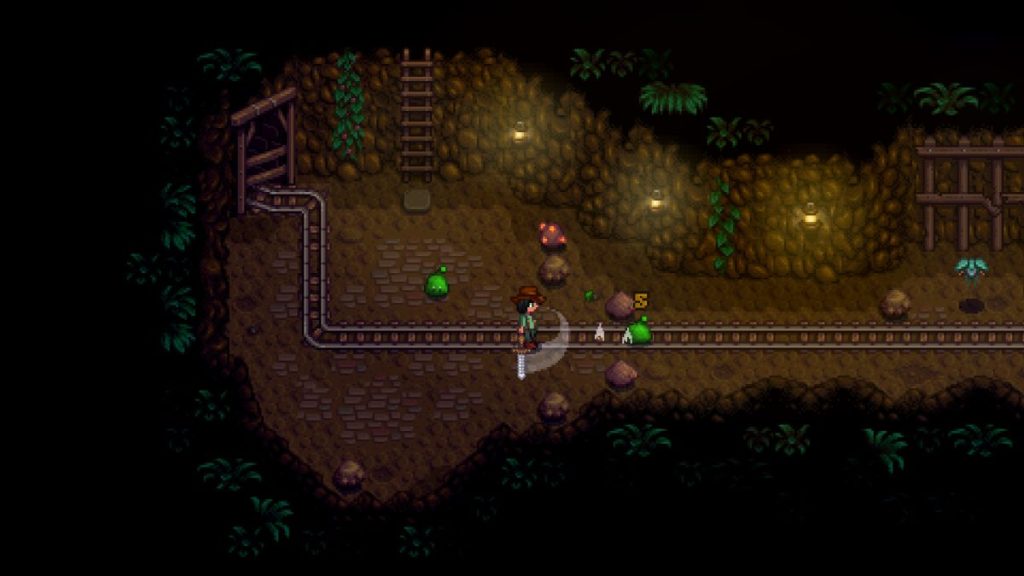
As soon as you start Stardew Valley, you’ll quickly find that some crops are more valuable than others when you take them into town for a sale. That means each season, take some time to plant a little bit of each crop’s seeds and experiment. Track how long it takes to grow a crop, which crops take longer to grow than others, and how much maintenance it requires on your part to take care of them. Oh, and once you harvest your crops and take them into town, tally up which crops generally give you the highest gold return and prioritize these plants over others.
Keeping track of your crops and maximizing your tilled soil for a profit is the best way to build up an in-game cushion, giving you the income you need for buying new items, equipment, and upgrades. Don’t just grind out turnips. Stardew Valley is all about experimenting, and a little bit of bravery goes a long way.

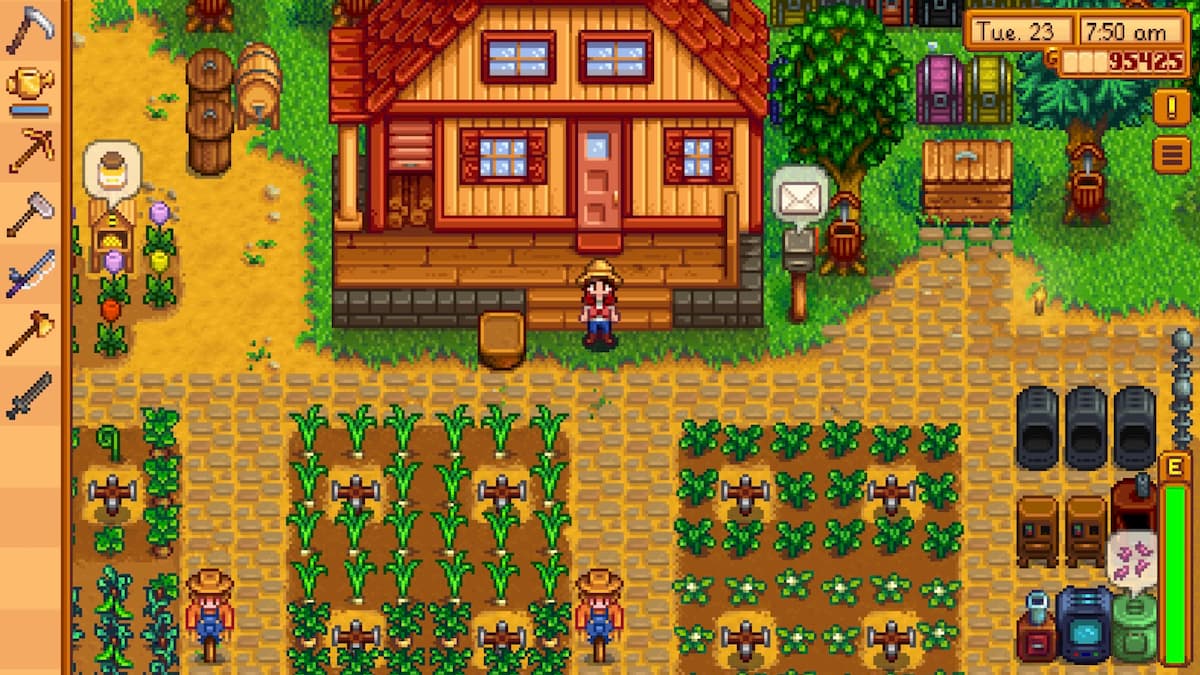
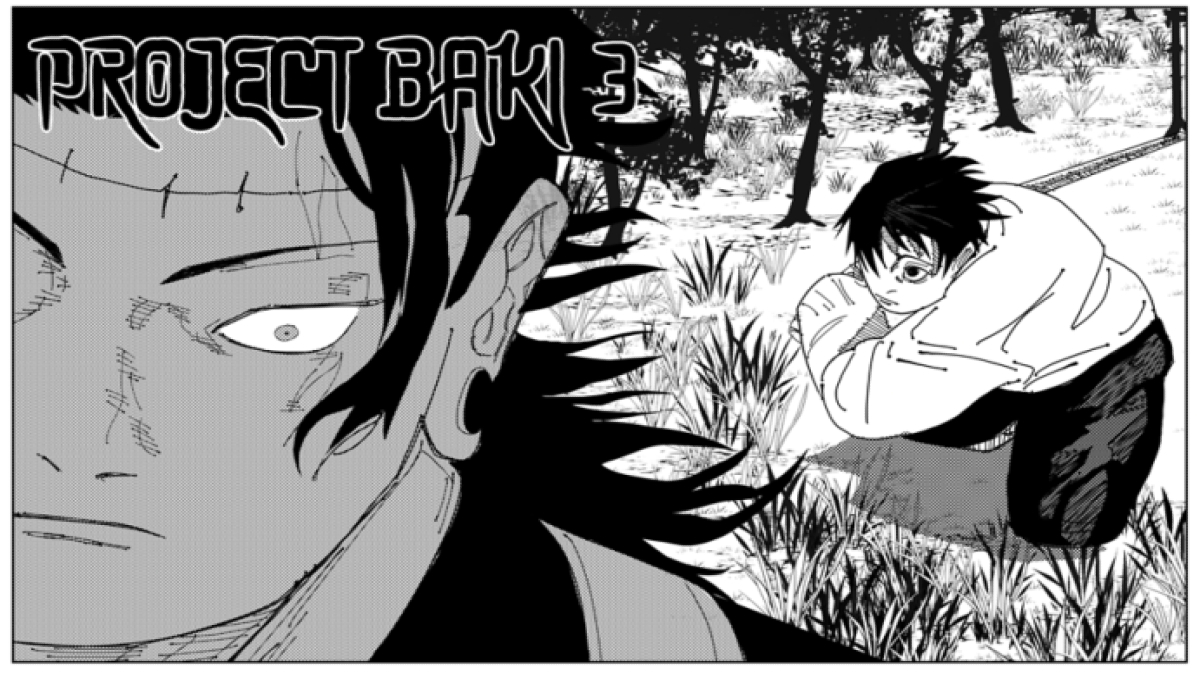

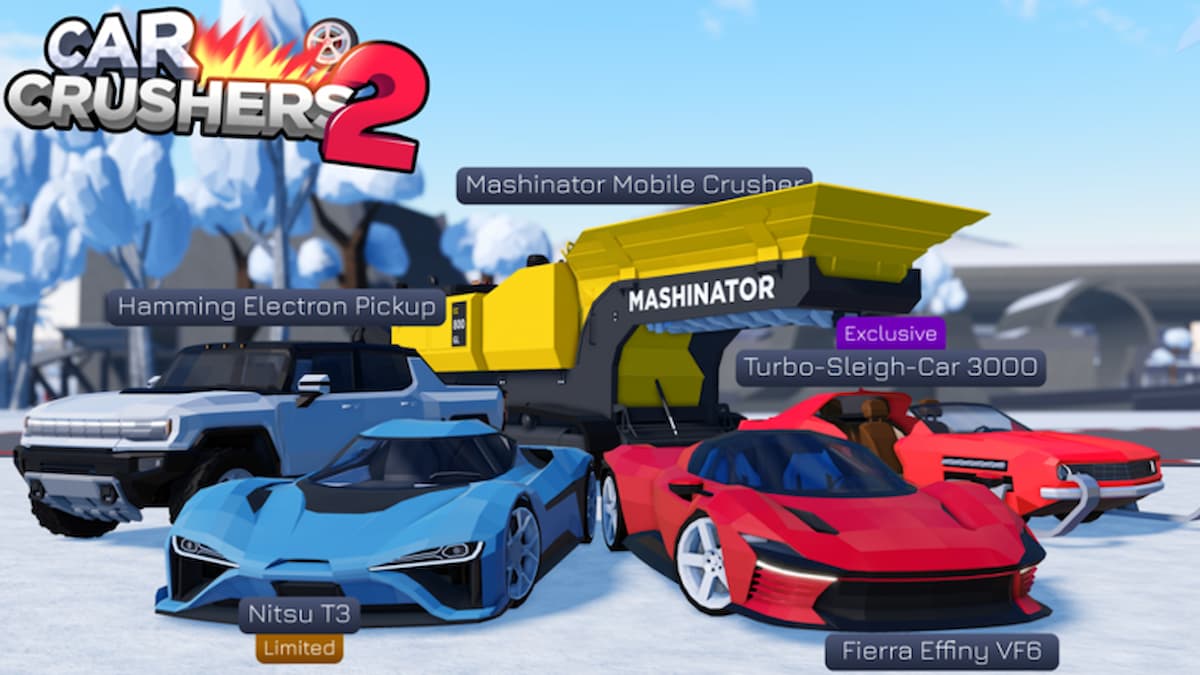


Published: Jul 5, 2023 02:26 pm